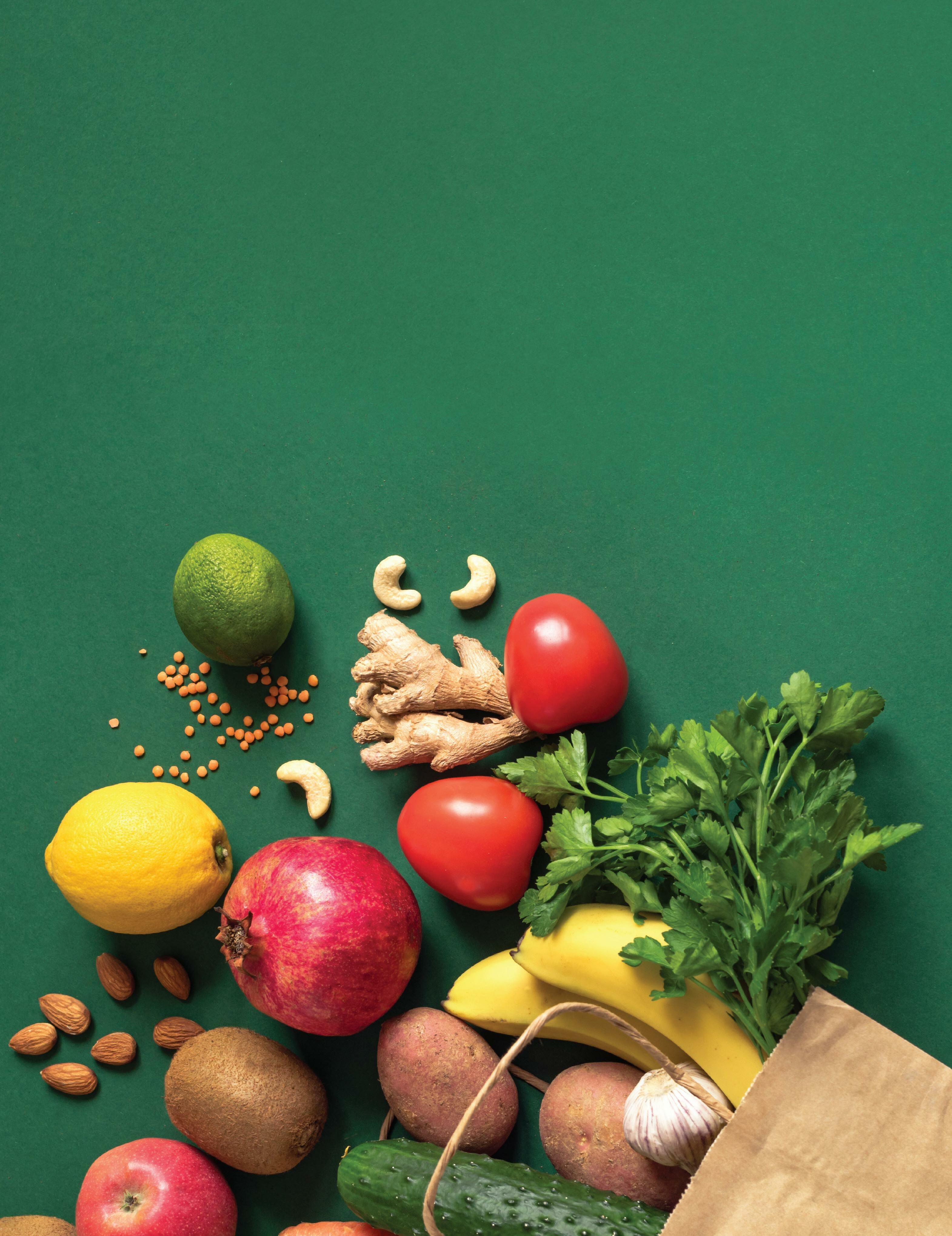




Community Nutrition Education Programs (CNEP), a service of OSU Extension, utilizes EFNEP funding to educate and empower lowincome families with young children, school-age youth and pregnant teens to improve nutrition and physical activity behaviors.

39.4% of adults are obese¹
34.3% of children ages 10-17 are overweight or obese²
Peer educators provide research-based, hands-on learning experiences for families and youth about diet quality, food safety, physical activity, food security and food resource management. Through skill-based learning, CNEP is reducing nutrition insecurity and improving the lives of Oklahomans.
3.8% of adults meet national, daily recommendations for fruit and vegetable intake¹
9% of high school students eat vegetables 3 or more times a day³
Oklahoma counties that housed EFNEP programs in 2022
34 Jobs to local citizens
319 volunteers committed 2,766 hours
$82,854 estimated value of volunteer time4
97% improved diet quality behaviors
78% improved diet quality behaviors
80% improved food safety behaviors
67% improved physical activity behaviors
48% eat fruit more often
49% improved food safety behaviors
36% of 3rd-5th youth drink fruit-flavored drinks less often
35% of 6th-8th youth eat whole grains more often
44% eat dark green vegetables more often COMMUNITY PARTNERSHIPS
3,164 Program Graduates
5,799 Program Participants
140,390 Program Participants, Family Members Community Members Reached with Educational Content
36% of 9th-12th youth eat vegetables more often
195 Across Oklahoma
At the start of the CNEP adult program, one participant’s goal was to find ways to live a long life so she could be there for important family celebrations like births and weddings. She set her sights on improving her diabetes and high blood pressure. As the program went on, she started preparing healthier foods, trying new recipes, and watching her portion sizes. She also cut back on eating fried foods and foods high in sugar. Since then, she has noticed a decrease in her sugar levels and cholesterol. Now, she is motivated to lose weight, walk more, and drink water instead of soda.
At a daycare in Comanche county, one director would bring doughnuts for her employees every morning as a way to say "thank you" for their work and build team rapport. After learning about the importance of healthy breakfast foods in CNEP’s adult program, she wanted to make a change. She started to bring fresh fruit and prepare smoothies instead of doughnuts. She also started giving smoothies to the children as a snack. Thanks to these changes and the CNEP program, employees and children are enjoying a healthier workplace and a great start to the morning.
– Comanche CountyOne of the analogies Nutrition Education Assistants use in CNEP’s youth program relates how often one should eat different foods to a traffic light: “Go” foods can be eaten every day and include the rainbow of fruits and vegetables, while “Whoa” foods like sweets and fried foods should be saved for special occasions. Classes in LeFlore County were very enthusiastic about how they could eat their “rainbow of Go foods”.
printed
Teachers and cafeteria staff joined in too, spending time to explain how they could eat a wide variety throughout their day. The school reports that students are now “insistent” about eating the right foods for their bodies.
– LeFlore County